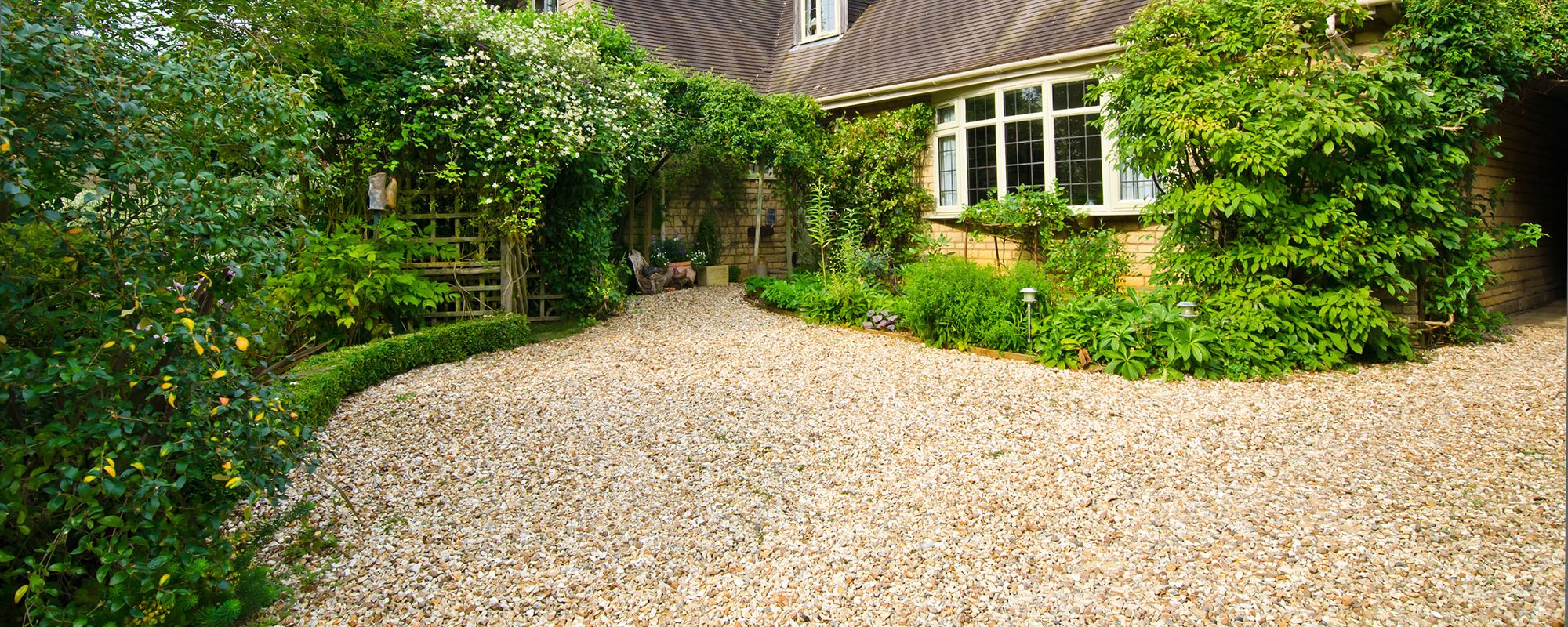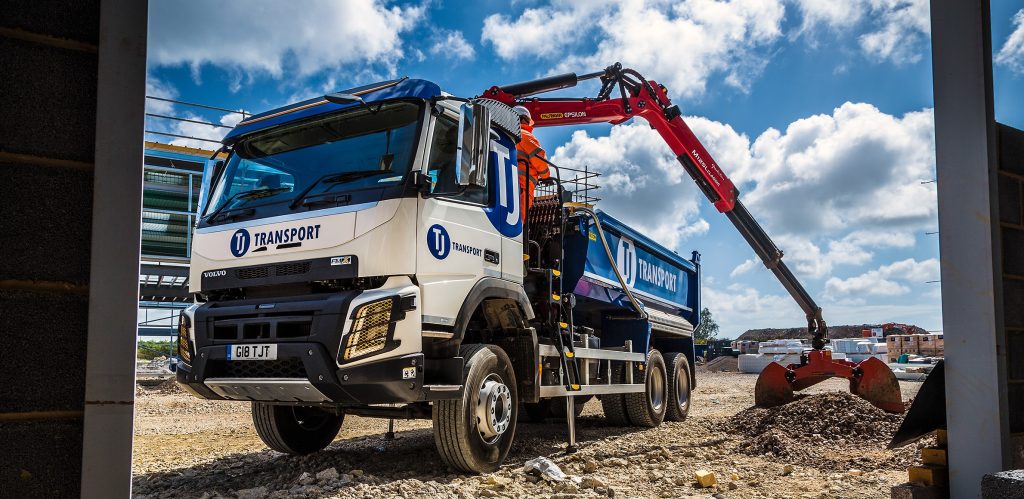The UK is the ninth largest manufacturing nation in the world, with the total value of UK manufacturers’ product sales totalling £396.6 billion in 2019. Manufacturing equates to 11% of the UK’s GVA and employs 2.7 million people.

So you need to renew your driveway. Yours is looking tired and needs a complete overhaul. But where to start? There’s so much choice out there and the cost can vary hugely so take a step back and decide what your budget is and how you want it to look. It’s hard to set a budget until you know what the different options are, but you’ll probably have a ballpark figure in mind.
This is a popular choice because it is extremely good value for money and relatively easy to do. It is probably the only option that you could realistically do yourself if you are a bit handy, unlike the other options, which really should be carried out by driveway specialists. There are many different types of gravel that could be used for your driveway including crushed shale, limestone, granite and golden gravel.
Estimated cost: £20-£30 per sq m
Gone are the days of ugly grey slabs of concrete – there is now a choice if you are opting for concrete. It comes in many colours and can be imprinted with a pattern too if you wish, giving it a paved, aesthetically-pleasing look. It is cheaper than paving but may cost more than other options such as gravel.
Estimated cost: £35-£50 per sq m
This is quite limited in that you can only have it in black or red, but it is relatively quick to do and should be long-lasting. Not the most eye-pleasing option, but one to consider if you’re looking for low maintenance.
Estimated cost: £50-£65
Paving is arguably the best-looking driveway option, but it’s quite pricey. It may also involve some maintenance as the joins between blocks may encourage growth from moss or weeds or simply attract dirt and end up looking grubby. They will clean up nicely with a pressure wash though.
Estimated cost: £75-£100 per sq m
Resin is highly durable. A resin-bound driveway is laid over an existing tarmac or concrete surface. The resin is resistant to UV light, so it won’t lose any colour or break down. It is protected against wear and tear, and will retain its pristine appearance for years to come. That said, it is the most expensive of the options.
Estimated cost: £100-150 sq m
Once you’ve decided on a gravel driveway, you need to have a think about what type of gravel you could use and the look you’d like to go for. TJ can supply you with a choice of different gravels for the top layer, such as 4/10mm gravel, 10/20mm gravel and 5/20mm limestone suds.
When are you planning to carry out the project? Will you take time off work to blitz it or do it gradually at the weekends? Once you know the intended timescale, it will be easier to plan everything else in such as booking skips and grab hire and organising deliveries. Take into consideration the seasons as the ground will be easier to work with when it’s warmer and you’re more likely to get helpers in the warmer weather too!
Make a list of all the equipment you’ll need. Is there anything you can borrow from friends? What will you buy and what will you need to hire? Suggestions as follows:

And indeed, four hands are better than two! And six are better than four! If you can rope friends and family into helping it will make the job a lot easier and you may even have a few laughs along the way!
Once you’re ready to start, the first thing you’ll need to do is prepare the ground. This may mean getting rid of an existing driveway or simply preparing the land. Either way, you’ll need to make sure that you’ve dug down enough to enable a strong new driveway to be installed. Most driveways will be 6-10 inches deep so that’s some digging! Depending on the size of your drive, you will need to consider skip hire or grab hire to dispose of the old driveway and its layers.
For smaller drives, skip hire would be the best option. TJ offer skips in all sizes ranging from 2 yard up to 12 yards skips, and even 17 or 35 yard roll on, roll off containers. For larger drives, grab hire may be more suitable. We have 6 and 8-wheel grab lorries, depending on the amount of waste you have. You can find guidance on our website as to which option may be most suitable for your project or you can give us a call on 08000 463 964 to talk it through.
To ensure your new gravel drive stays on your drive and not on the neighbouring grass or street, you should think about investing in a frame or gravel grids. Building a frame around the edge of the drive will help keep the gravel in place, as would gravel grids, which you would lay on top of the sand layer. They clip together and the gravel is then dropped on top and compacted into the grids to hold it in place.
Once your ground has been prepared and excavated, be sure to lay down your weed-blocking membrane. After that, you will need several layers of gravel to make up your completed driveway. The sub base layer will be an aggregate such as Type 1 limestone, which will need to be compacted, with the finished layer measuring at least 4”.
Next a layer of sand will need to go down and the gravel grids will go on top (if using them). Finally, you will need around 2-3” of top gravel to finish.
Find out more about the services that TJ offer and how they can help get your driveway project sorted.
Materials costs acquired from www.homeadviceguide.com

The UK is the ninth largest manufacturing nation in the world, with the total value of UK manufacturers’ product sales totalling £396.6 billion in 2019. Manufacturing equates to 11% of the UK’s GVA and employs 2.7 million people.

With the UK’s population continuing to grow, the waste industry is under increasing pressure, and the need for innovative, sustainable solutions has never been greater. From staggering statistics to surprising insights, check out our 10 shocking waste facts that might just change the way you think about rubbish.

Barney joined TJ Waste in February as an Operations Administrator and is enjoying learning all about the waste industry. Outside of work Barney is an avid football fan and plays five-a-side once a week. He also enjoys live music, Formula 1 and MotoGP.
Change your stored postcode to update prices for your location.